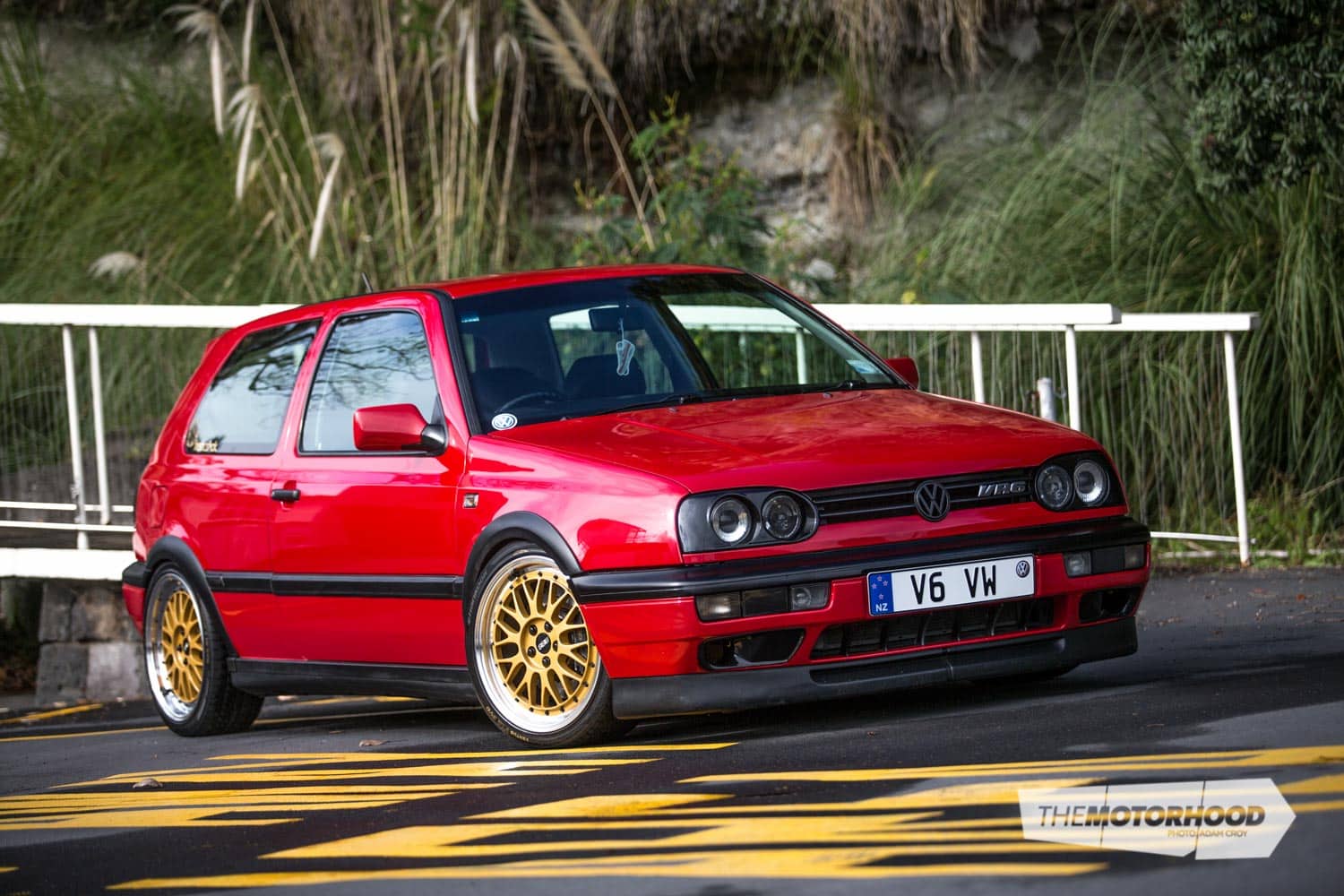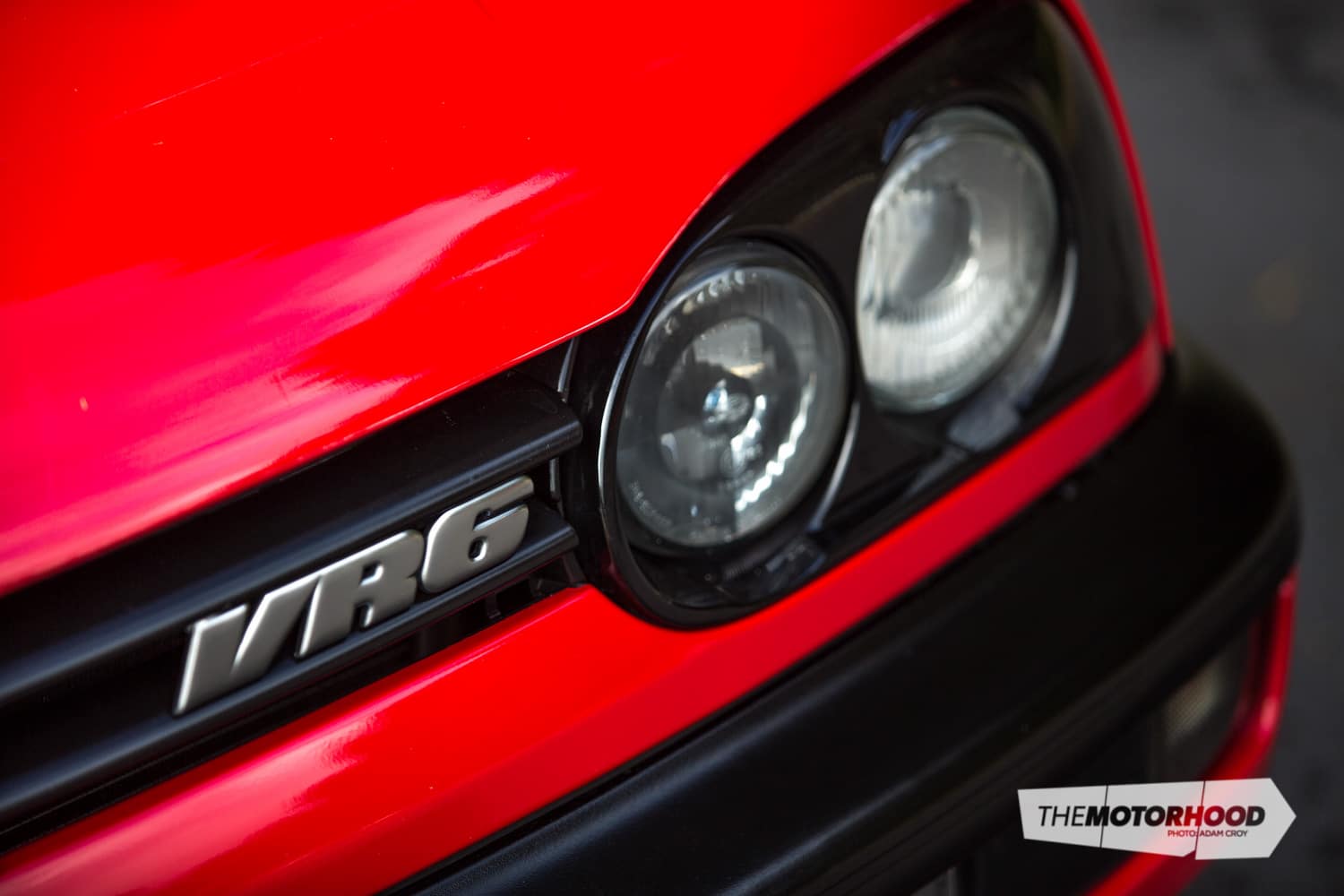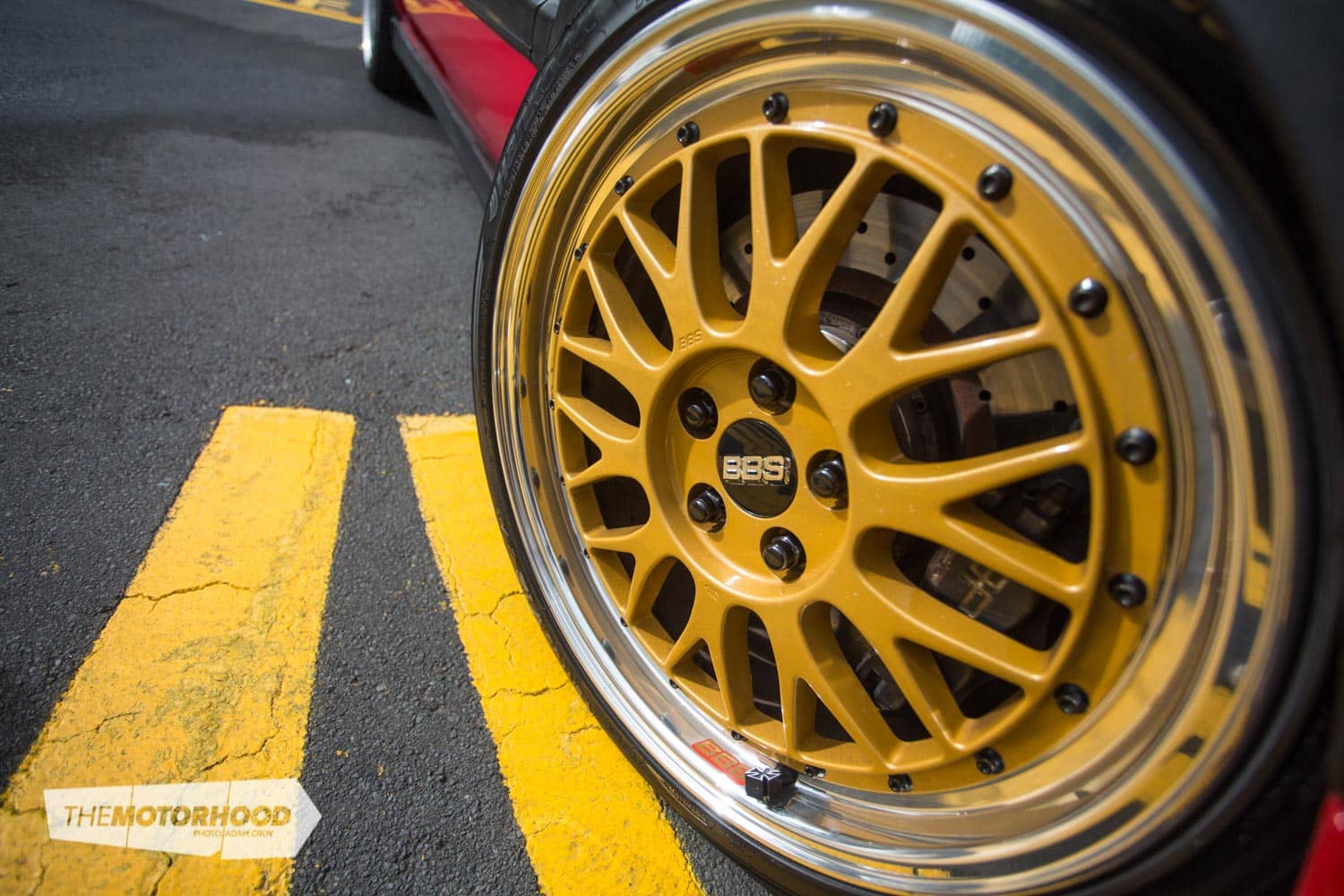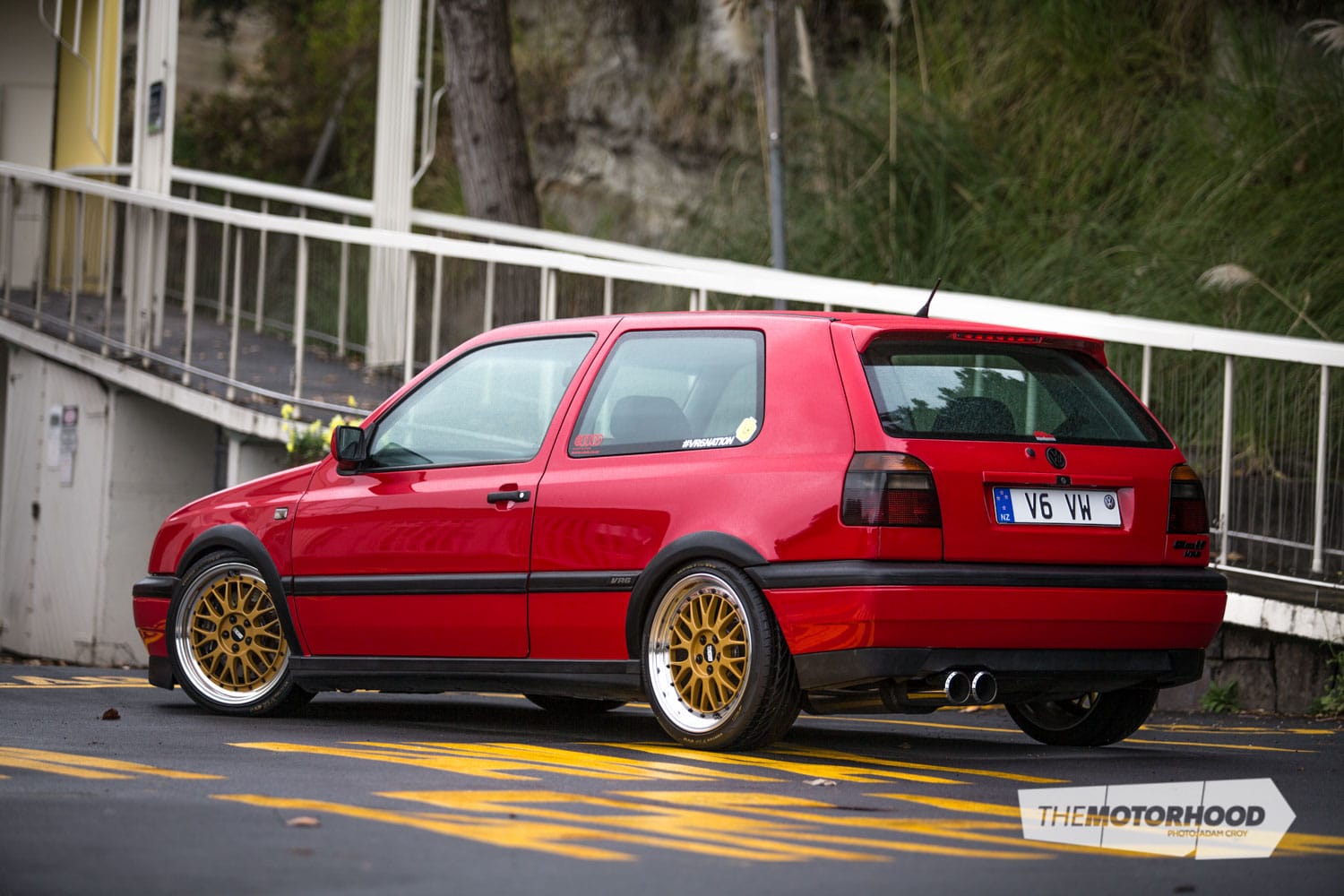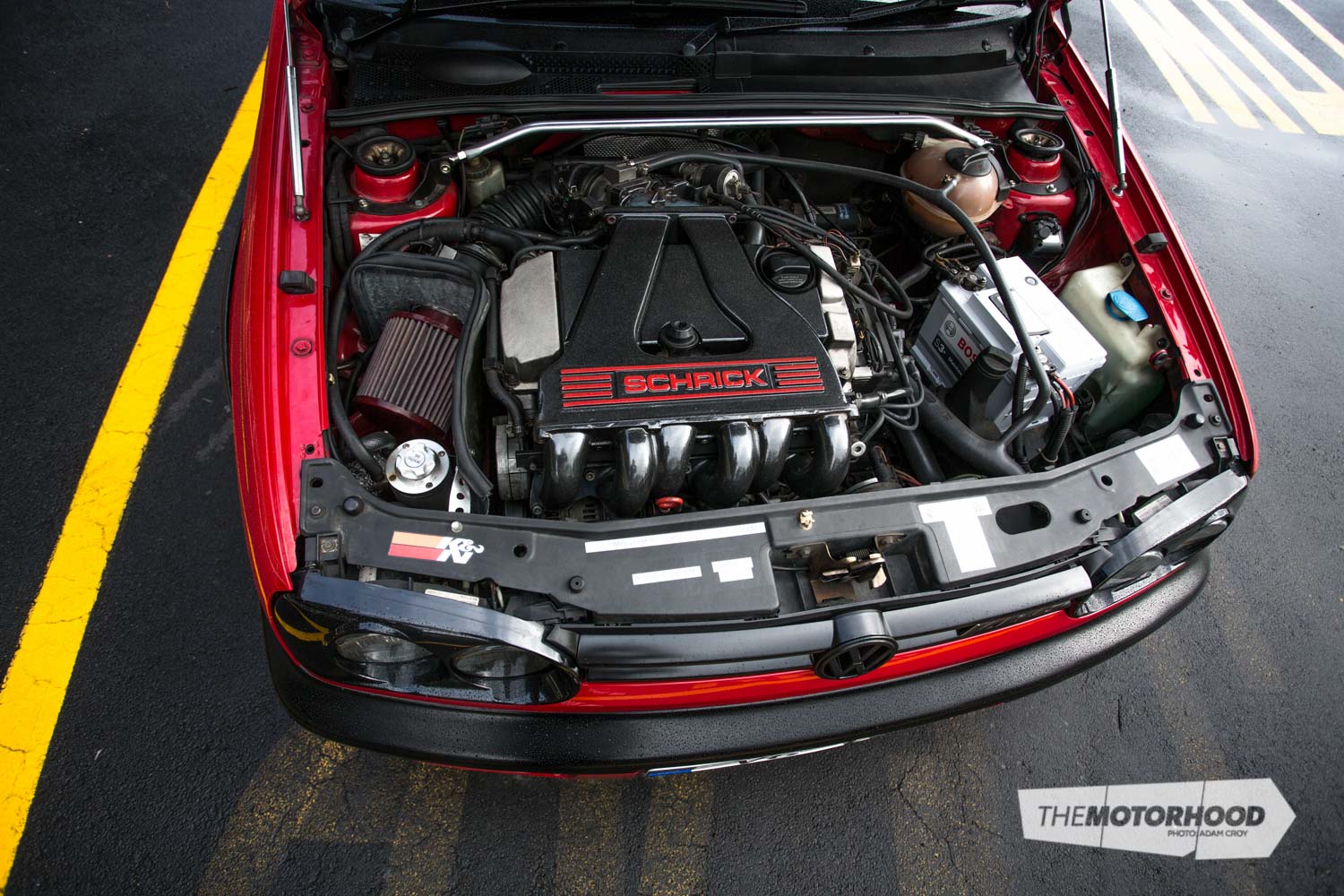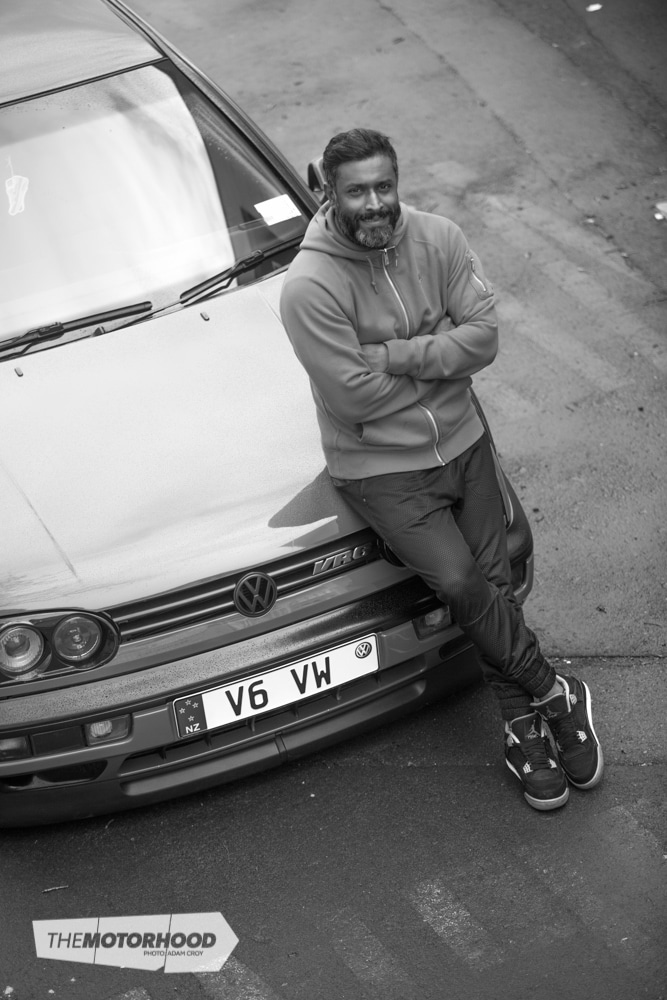We don’t only feature fully modified vehicles in NZ Performance Car magazine — the mildly modified get a look in too! It doesn’t matter what it is, if you’re passionate about it, modify it, and drive it to work every day, we’ll showcase it.
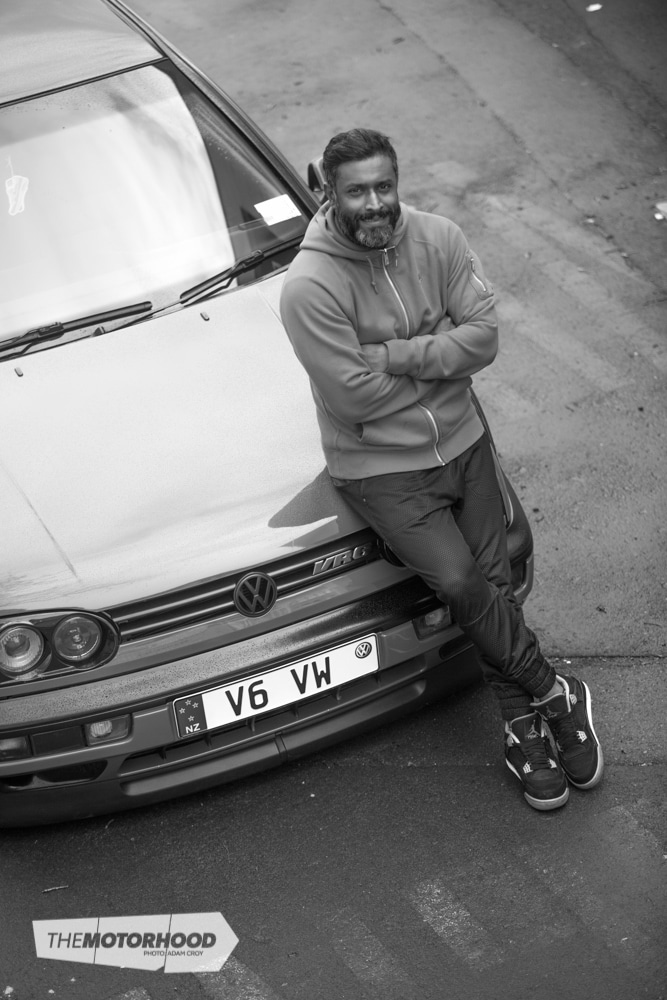
Owner: Ash Visvanathan
Location: Auckland
Occupation: Restaurateur
Make/model: 1993 Volkswagen Golf VR6 (Mk3)
Engine: AAA 2800cc VR6 engine, BMC filter, custom intake, custom 2.25-inch exhaust system, Remus rear muffler, Samco coolant-hose kit, chipped ECU, Schrick manifold
Drivetrain: Heavy duty clutch, lightweight flywheel
Interior: Recaro interior upholstered in leather
Exterior: Factory kit, Zender rear wing, Hella twin headlight conversion
Suspension/brakes: FK Konigsport adjustable coilovers, Eibach rear adjustable swaybar, front and rear strut braces, lower subframe reinforcement bar, AP Racing big-brake kit with custom rotors
Wheels/tyres: 17×7.5-inch BBS LM (+30), 205/40R17 Hankook Ventus V12 Evos

NZ Performance Car: Hey Ash, that’s one very well-rounded Volkswagen you’ve got there. Have you always been a fan of German vehicles?
Ash Visvanathan: Yes, my dad used to work for VW and Audi when I was young, so I had a lot of exposure to Golfs.
So out of the several generations you chose a Mk3 Golf — a VR6 version no less. What made you choose the VR6 over the 16-valve GTI?
I love the shape and package — a V6 in a hatchback was crazy back in the day, and I just love the engine note. At one point I actually had four generations of Golf at one time, all with V6s. I had a Mk4 and Mk5 R32 (which is the modern VR6). I also built a Mk2 with a VR6 engine and running gear from a Mk3. I got bored and sold the Mk2 and Mk5, which I really regret, and got into a couple of Audis.
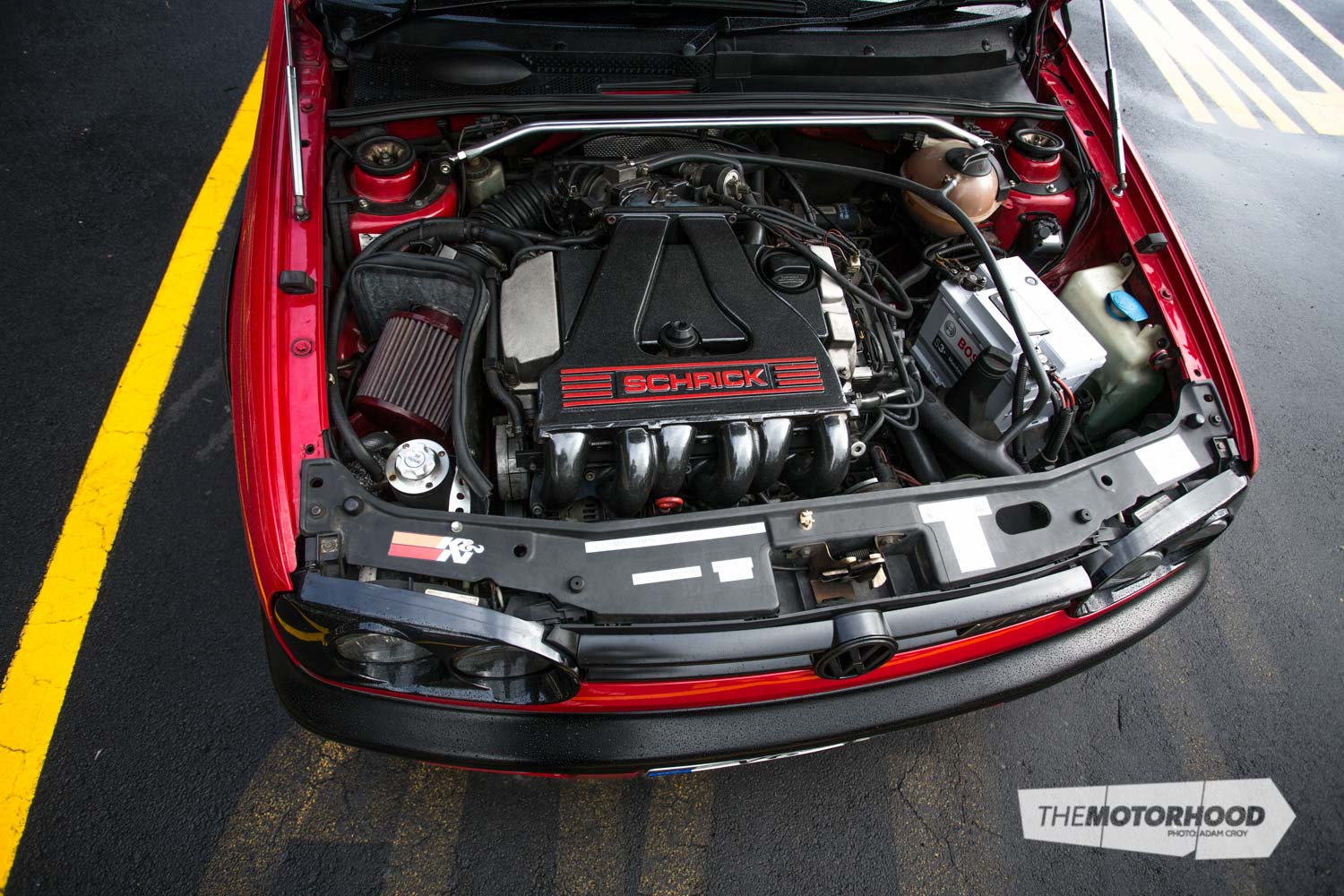
Could you tell us what makes the VR6 so unique?
It’s essentially a big block engine in a tiny hatchback. They sound great and go well for their era, and they were built to compete with the BMW 328 of the same year. They have a huge cult following in the UK, and as they approach the 20-year mark they are now becoming classics. New Zealand had a lot of them, and these days they’re hard to find in good condition. In my opinion, it is the best trade-off in terms of those classic boxy lines, great build quality and size. The size of Golfs jumped quite considerably in later years, so it still has the look of an older car with a lot more modern features and reliability.
How have you improved the performance of the VR6, and are there any future plans for more improvements?
I have really tried to go OEM-plus, so my aim has been to keep it original — not do too much, nothing that will stop it being able to be a daily driver. But when does the modifying ever end? I hope to just finish off the interior refurb and an engine rebuild in future, but that’s about it. I’m pretty happy with it to be honest — I just want to drive it more!

What did you feel it needed improving on in the handling department?
I’ve always been a track fan, so I look at getting cars handling better before throwing more power into them, and to be honest, driving a slow car fast is much more fun for city and road driving. Suspension and bracing is always my first point of call. VR6s are known to be nose heavy, so having the adjustable sway bar dials out a bit of the understeer and makes the handling a lot more predictable.
Thanks for chatting with us, Ash. We hope to see you out cruising in your VR6.





